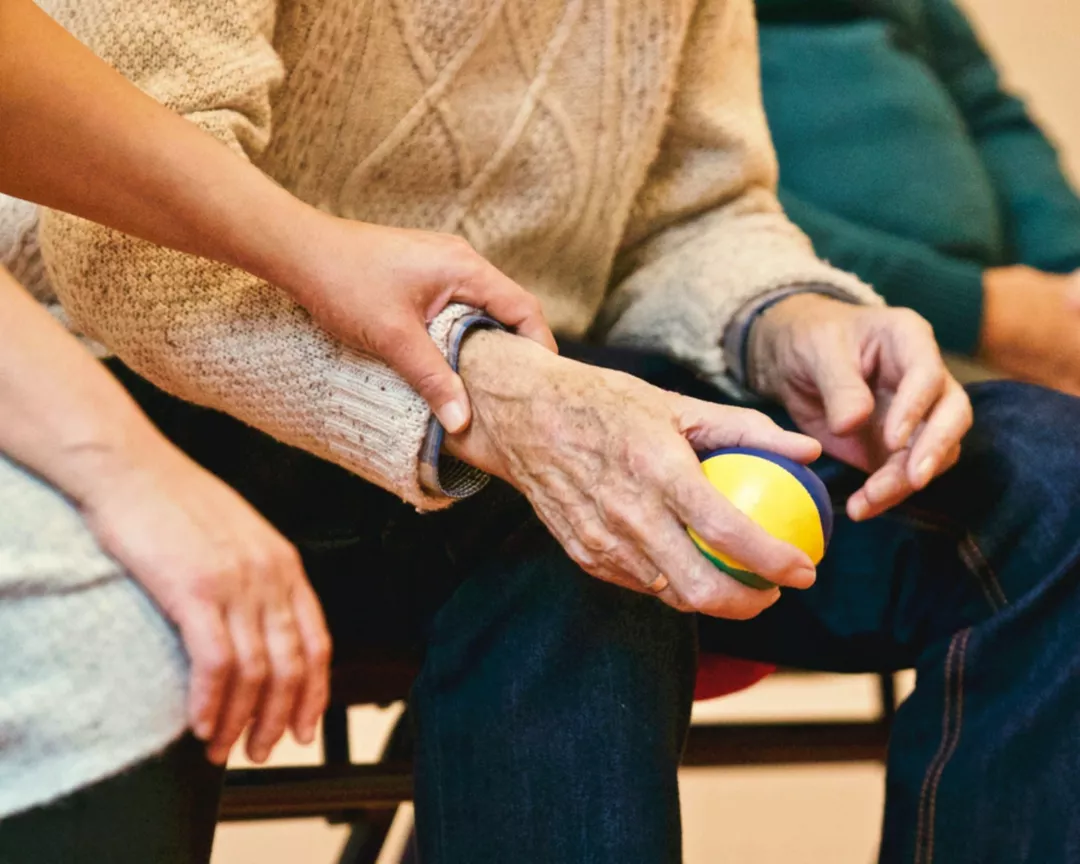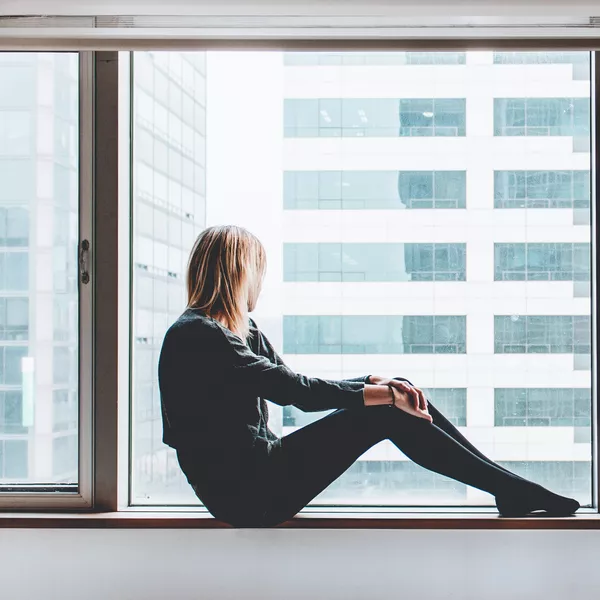
Surviving is just the beginning of a long journey for many stroke sufferers. What happens afterwards?
What happens after a stroke?
The amount of brain tissue damaged, and where, will determine how much the stroke (also known as a cerebrovascular attack) will affect the patient. Some of the changes that might occur – what the medical field calls deficits – will determine the type of rehabilitation needed and how the patient’s life may be affected.
These deficits can include obvious and easily
noticeable ones like one-sided weakness of the body that affects the way the
patient walks and the overall strength on that one side of the body. This may
mean that the patient may need to start using walking aids or other aids like
grabbers to help with their activities of daily living.
Other less obvious ones include changes to the vision,
speech, eating (due to issues with swallowing), sleep, mood, memory loss and
bladder function. The stroke can also exacerbate existing or result in new pain. These deficits can be life-changing, which is why supporting the Heart Research Institute’s (HRI's) groundbreaking research into developing new treatments for stroke is so incredibly important.
Some of these deficits may only be present
initially and with time and rehabilitation, they may resolve. This could be either
due to spontaneous recovery, or the brain learns new pathways to perform tasks.
Brain impact after stroke
The brain is a weird and wonderful organ that is the command centre to our ship. Without it, we literally cannot function. It is made up of white and grey matter and has a multitude of folds to increase its surface area, allowing us to have more brain capacity to do what needs to be done. In amongst this matter is a complex series of neural networks that is like a super highway of information, similar to the Internet, where lots of information is processed. You could also compare it to the traffic in a big city where there are multiple bridges and lanes of traffic trying to go in all different directions without crashing.
The brain sends information to the body and its organs via this network and receives messages back. But if this network has been interrupted by a stroke or any other brain condition, then just like traffic can be interrupted due to an accident, a breakdown or otherwise, then this information can’t get through.
When we come across a traffic jam, what do we do? We try to find another way to get around the blockage – and that’s what the brain can also do.
Rehabilitation after stroke
The aim of rehabilitation is to help the patient regain independence, or health-related quality of life, and lessen the burden of these impairments on them and their family so that they can go back to their life as it was before the stroke as much as possible.
In an ischaemic stroke, where a blood clot blocks blood flow to the brain, a staggering 1.9 million brain cells die every minute while the blockage remains. For every hour that passes without treatment, the brain loses as many neurons as in 3.6 years of normal ageing. The only drug treatment available in the emergency room today for ischaemic stroke has to be administered within a very short period after the stroke occurs – which means that, tragically, up to 90 per cent of patients cannot receive it. That’s why HRI is conducting crucial research to improve blood clot treatments, so we can treat more people in time to prevent life-changing disabilities or even death.
Within the first three to six months after a stroke, parts of the brain may recover spontaneously. This could be due to the fact that swelling due to blood or fluid has gone down, or areas of the brain that weren’t directly affected by the stroke have regained their function. During this time, the patient will be assessed on their initial level of impairment and will be reassessed several times during their rehabilitation.
Rehabilitation can take the form of medication, direct stimulation, physical therapy, occupational therapy, speech therapy or counselling and should include at least 20 hours of intensive therapy. It can start as early as one week post-stroke, as the earlier it starts, the better the outcome.
In terms of physical therapy, remember back to when you were a child trying to learn a new skill – riding a bike, putting together a Lego model, learning how to read and write – and how long it took you to learn it and then master it. Imagine doing that again as an adult. It can be frustrating and very tiring, especially because the patient knows they used to be able to do it.
The team supporting post-stroke rehabilitation
Physiotherapists
Physiotherapists will work with the patient to achieve a physical goal ranging from getting up out of a chair, walking as normally as possible, getting dressed or even turning on a kettle to make a cup of tea. If the patient has one-sided weakness, hemiplegia, it may be hard to even sit up straight in a chair. It would be even harder to do things if it was the dominant side that was affected. The physiotherapist’s job is to help the patient be able to walk and do those small tasks again so they can go back to the way things were as much as possible. They do so by breaking tasks down into their components.
For example, bringing a cup to your mouth to drink with your weaker hand requires retraining your brain to tell your arm to bend at the elbow, your shoulder to move forward to get closer to the cup, your hand to open to get the fingers around the cup and then to close again around the cup, and then your arm muscles to bend your elbow to get the cup close to your mouth in order for you to drink. This means lots of repetition and strength-building exercises. It is slow and steady and can be at times frustrating, but it must be done because muscles can become increasingly weak and potentially waste away.
Occupational therapists
Occupational therapists work closely with physiotherapists and can offer aids that help with the activities of daily living. For example, they can assess the home for things like handrails or renovation of the shower area with the aim of an open bathroom. Advances in technology also mean occupational therapists can look at the benefits of robotics in stroke rehabilitation, eg, robotic arms to help with various domestic tasks.
Speech therapists
Speech therapists help with stroke-related dysphagia (difficulty swallowing), slurred speech or speech impairment. This can involve various tasks such as physical exercises as well as mental exercises combined with targeted speech exercises.
Counsellors and psychologists
Counselling is important as well, as it’s common for stroke patients to feel depressed or frustrated about their predicament and perhaps lack of progress in rehabilitation.
Just as the body is made up of different parts that work together as one, these health professionals can all bring forward an array of experience and knowledge to help the patient regain as much of their quality of life as possible.
Stick with it
Many stroke survivors often only do a rudimentary amount of rehabilitation and then stop when they are happy with a basic level of independence.
If you have suffered a stroke, it is vitally
important that you continue with rehabilitation no matter how tedious. Your
body is constantly changing as you age, and with residual deficits from a
stroke, these changes can be magnified. Being aware of your body can prevent
future falls and injuries as well as make you stronger and help you better cope
in general.
Support critical research
Images: Unsplash, Pexels
About the author
Maggie Chung
Maggie has been a paramedic with NSW Ambulance since 2015, working mainly in the Western Sydney and Blue Mountains areas. She has degrees in Paramedic Practice and Science (Psychology). She is passionate about health education and training and also runs her own first aid training courses with a first aid course specially designed for parents and carers.
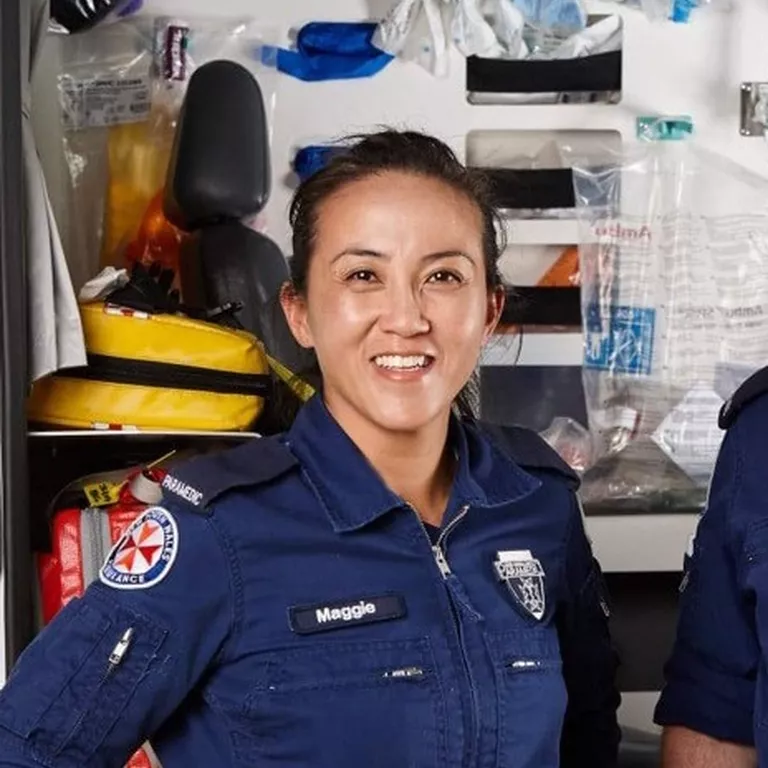
More articles by Maggie


The effects of long COVID on the heart
The impact of COVID long term is yet to be seen, and more data about “long COVID” needs to be gathered, but here’s what we know so far.
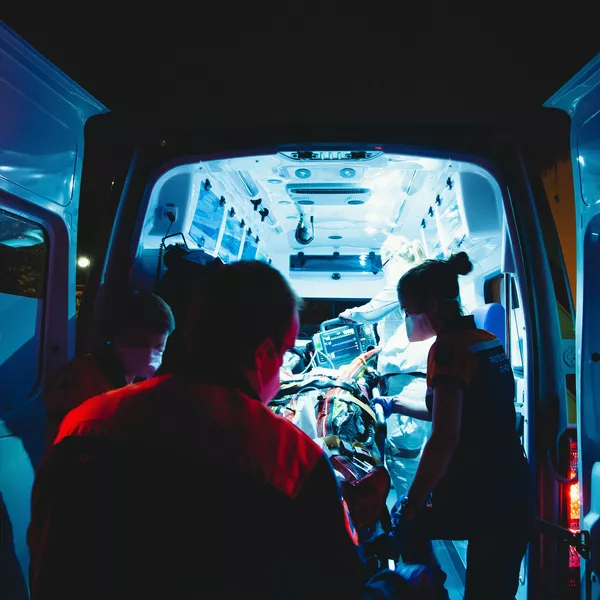
A paramedic’s perspective on stroke
A stroke can happen at any time. Usually when you least expect it. If you have any combination of stroke symptoms, you urgently need to call emergency services to get paramedics to assess you, or at least get to hospital as soon as possible.

How to return to exercise after a cardiac event or diagnosis
Returning to exercise after a cardiac event or diagnosis? Here's your guide for getting back on track with cardiac rehabilitation exercises.
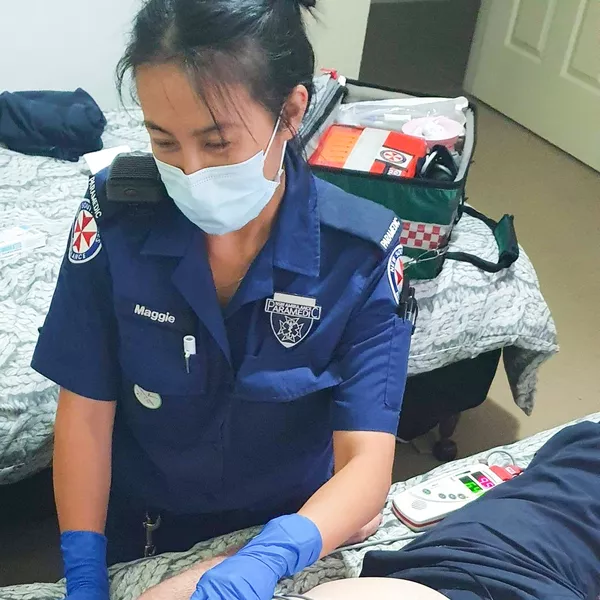
A paramedic’s perspective on heart attacks
What would you do if you had sudden onset chest pain? Would you wait, hoping it would go away, or would you call emergency services?

